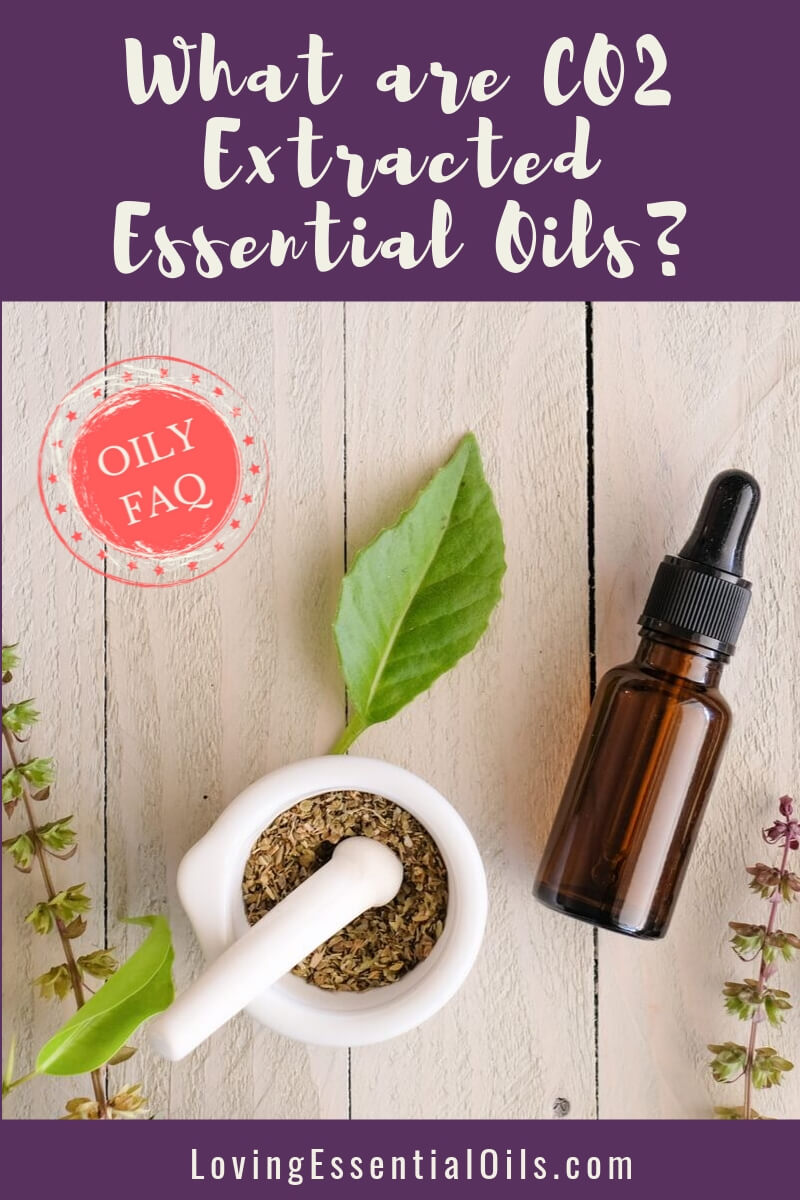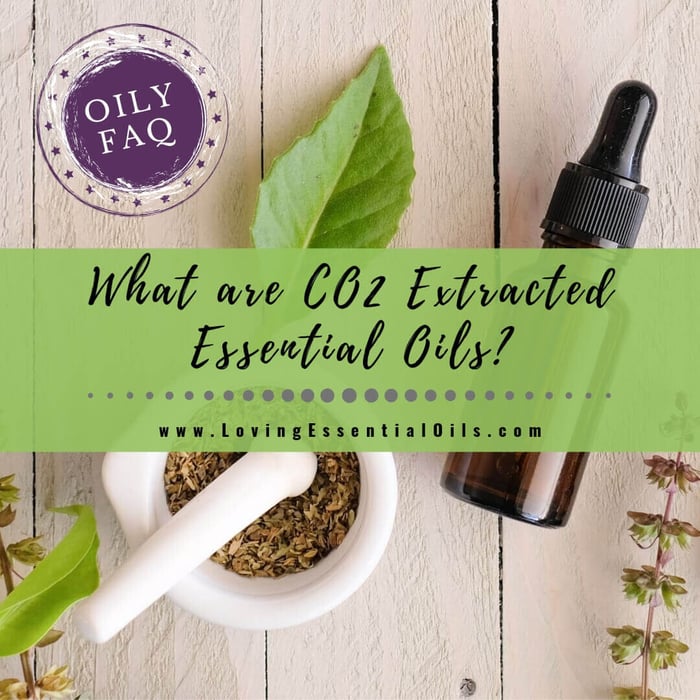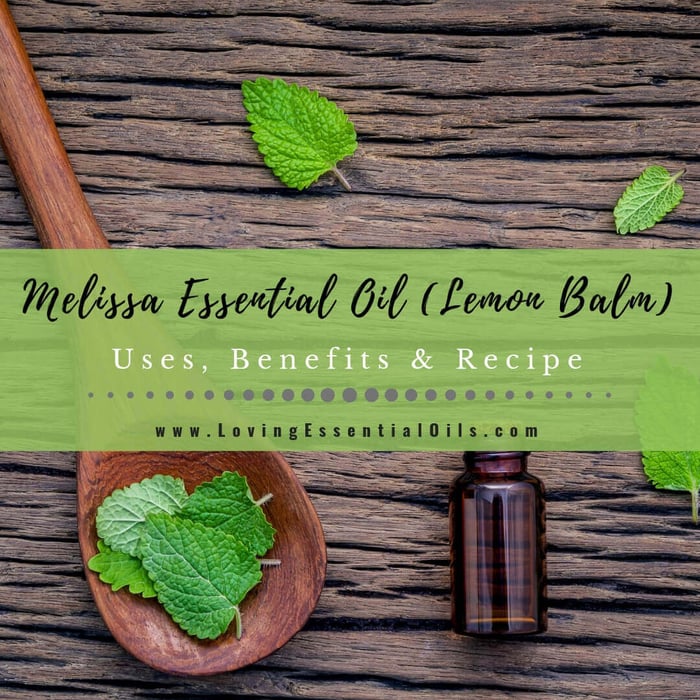Table of Contents
What are CO2 Extracted Essential Oils? While the two main ways of extracting essential oils are steam distillation and cold pressing, there are various other methods of producing an essential oil.
We’ve talked recently about solvent extraction, but one other such way of producing essential oils, and our topic today, is CO2 extraction.
What is CO2?
We’re all likely familiar with carbon dioxide, or CO2. It’s a naturally occurring chemical all around us in the environment. We produce carbon dioxide every time we exhale.
The carbon dioxide that we exhale goes out into the environment and is absorbed by plants during photosynthesis.
CO2 is also used in many industrial applications such as cooling, metallurgy, wine-making, and there are even lasers that utilize CO2.

What are CO2 Extracted Essential Oils?
In CO2 extraction of essential oils, carbon dioxide (CO2), a naturally occurring chemical compound, is put under extreme pressure that turns the gas into a liquid.
The liquid CO2 acts as a solvent and can pull essential oils out of plant material. Once the essential oil is extracted from the plant material, the CO2 is depressurized, allowing it to return to its natural gaseous form.
Unlike in solvent extraction, where a small amount of the solvent is left behind, all that is left behind in CO2 extraction is your essential oil.
This same type of extraction process can also be used to produce the fatty vegetable oils that we use as carriers. These fatty vegetable oils are said to contain higher amounts of therapeutic constituents because they aren’t exposed to heat like they are in other extraction methods.
CO2 Extracts vs Essential Oils
When it comes to choosing between a co2 extract and an essential oil, it really depends on what you're looking for. Essential oils contain the volatile molecules that give plants their distinctive smell, and these molecules can also have other effects on the body.
CO2 extracts are more concentrated. Both co2 extracts and essential oils are potent, but co2 extracts tend to be more potent and have a longer shelf life. They're also less likely to cause skin irritation, making them a good choice for people with sensitive skin. Ultimately, it's up to you to decide which type of product is right for you.
How to Make CO2 Extracts at Home
Extracting your own aromas presents several advantages such as customization, flexibility over ingredients, cost-effectiveness, health benefits, sustainability, and creative expression.
By utilizing this approach you can enjoy these perks while creating unique fragrances tailored to suit individual preferences. Get creative, have fun, and elevate your aromatherapy game with homemade CO2 extracts!

Home CO2 Extractor
For those serious about extracting essential oils at home, you will need to purchase equipment. Ousia Labs provides certified equipment and components, as well as professional solutions for liquid CO2 extraction and filtration services.
In comparison with traditional steam essential oil distillation methods which can effect the product due to high temperatures used during processing; Liquid Co2 extraction offers superior results by using lower pressures resulting in cleaner, purer extracts without any chemical residues left behind.
Start experimenting with different botanicals and create your very own essential oils using a home CO2 extractor. Not only will you have full control over the quality and purity of your extracts, but you'll also be able to enjoy the therapeutic benefits they provide.
This makes it an ideal choice for those seeking quality oils for their health and wellness needs.
SPECIAL OFFER: Pre-Order Now to get a 20% exclusive discount for Loving Essential Oils readers, use coupon code: LOVINGEO
Benefits of CO2 Extracts in Aromatherapy
CO2 extraction has some distinct advantages over the widely popular cold pressing and steam distillation processes used.
We all know that heat can alter the chemical compounds in the essential oils. CO2 extraction doesn't use any heat, so the components aren't at any risk of becoming too warm, rendering them ineffective.
In most cases, the level of constituents in each CO2 extracted oil is going to be higher than its steam distilled counterparts, which can make the oil even more effective.
Finally, the scent of CO2 extracted oils is generally more intense and fresher than other modes of distillation.
Safe Use of CO2 Extracted Oils
Safety for CO2 extracted essential oils is just like that of any other essential oil.
- They should be stored in dark glass bottles (though some are super thick and may be sold in jars).
- They should not be exposed to heat or sunlight.
- Proper dilution should still be used, read more here.
- They should still be kept out of the reach of children and pets.
- As always, perform a skin patch test before applying topically to ensure there will be no allergic or sensitization reactions.
Where to Buy CO2 Essential Oil Extracts?
CO2 essential oil extracts are becoming more popular in the aromatherapy world, with many companies now offering them for sale.
Some of the most common CO2 extracted essential oils you'll find on the market include:
Ginger Essential Oil extracted through CO2 method retains the authentic energy and fragrance of the original plant. The oil is renowned as for its spicy aroma that has invigorating, energizing, stimulating, strengthening, warming properties.
German Chamomile essential oil is obtained through CO2 extraction from the flowers of the Matricaria recutita plant. This extraction method ensures a high-quality oil with a rich, sweet, and herbaceous aroma.
The oil possesses numerous therapeutic properties, including anti-inflammatory, antioxidant, and analgesic effects. It is widely used in aromatherapy to promote relaxation, soothe skin irritations, alleviate menstrual discomfort, and support overall well-being.
Turmeric CO2 essential oil is cherished for its anti-inflammatory, antioxidant, and antibacterial properties. Its warm and earthy scent makes it a popular choice in aromatherapy practices, providing a sense of relaxation, vitality, and harmony.
List of CO2 Extracted Essential Oils
As time goes on, we’ll may be seeing more companies selling CO2 extracted essential oils. The CO2 extraction process effectively captures the volatile compounds present in flowers and plants, resulting in an oil that is highly concentrated and exceptionally potent.
- Ambrette Seed CO2
- Angelica Root CO2
- Arnica CO2
- Black Pepper CO2
- Butter CO2
- Calendula CO2
- Caraway CO2
- Cardamom CO2
- Carrot Seed CO2
- Cassia CO2
- Celery CO2
- Chamomile, Blue CO2
- Chamomile, German CO2
- Champaca CO2
- Coconut Pulp CO2
- Coffee Bean CO2
- Coriander Seed CO2
- Fenugreek CO2
- Frankincense CO2
- Galangal CO2
- Galbanum CO2
- Ginger CO2
- Jasmine CO2
- Juniper Berry CO2
- Linden Blossom CO2
- Myrrh CO2
- Pomegranate Seed CO2
- Raspberry Seed CO2
- Rose CO2
- Rosehip Seed CO2
- Rosemary CO2
- Sandalwood Nut CO2
- Sea Buckthorn CO2
- Turmeric CO2
- Vanilla CO2
Share on Pinterest











